AP Environmental Science: Biomes, AP Environmental Science Biomes
1/29
There's no tags or description
Looks like no tags are added yet.
Name | Mastery | Learn | Test | Matching | Spaced |
|---|
No study sessions yet.
30 Terms
Tundra
Cold, treeless biome with low-growing vegetation. Soil is frozen. Permafrost is present. Annual Temperature is -6.7 degrees Celsius
Boreal Forest (Taiga)
Very cold climate, plant growth constrained by temperature, not precipitation. Soil is nutrient poor due to slow decomposition. Annual precipitation is 31.8 cm
Temperate Rainforest
Moderate temperatures, high precipitation. Is a coast biome. Nearly a 12 month growing season. Supports growth of very large trees.
Tropical Seasonal Forest
Receives over 100 meter of rain. Broad leaf deciduous trees. Warmer summer temperatures favor decomposition so soils generally contain more nutrients.
Temperate Shrubland
Hot, dry summers and mild rainy winters. 12 month growing season, but plant growth is constrained by low precipitation in the summer and by relatively cold temperatures in winter. Plants of this biome are well adapted to both fire and drought.
Temperate Grassland
Annual Precipitation is 80 cm. Cold, harsh winters and hot, dry summers. Plant growth is constrained by both insufficient precipitation in summer and cold temperatures in winter.
Tropical Rainforest
Average annual temperatures exceed 20 degrees Celsius. Precipitation occurs frequently. Biome is warm and wet with little temperature variation. Have more biodiversity per hectare than any other terrestrial biome. Contains 2/3 of Earth's terrestrial species
Tropical Savannas
Annual temperature of 28.6 degrees Celsius. Soils is fairly fertile and can be farmed due to high decomposition rates but low amounts of precipitation constrains plants from using the soil nutrients that are released.
Desert
Hot temperatures and extremely dry conditions. Cacti and succulent plants are well adapted to this biome.
Freshwater Wetlands
Submerged or saturated by water for at least part of each year. Shallow enough to support emergent vegetation. Includes swamps, marshes, and bogs.
Swamps
wetlands that contain emergent trees
Marshes
wetlands that contain non woody vegetation, such as reeds and grasses.
Salt marshes
found along the coast in temperate climates and contain non woody emergent vegetation.
Mangrove Swamp
tropical and subtropical coasts that contain trees whose roots are submerged in water. Mangrove trees are salt tolerant and help protect coastline from erosion and storm damage.
Coral Reefs
warm, shallow waters beyond shoreline. Most diverse marine biome.
Temperate Deciduous Forest
-Cool Winters, Warm Summers (Seasonal Variation)
-Precipitation is relatively evenly spread throughout the year
-Deciduous Trees (Oak, Beech)
-Europe, China, Eastern North America
-Northern Hemisphere
-Good Soils
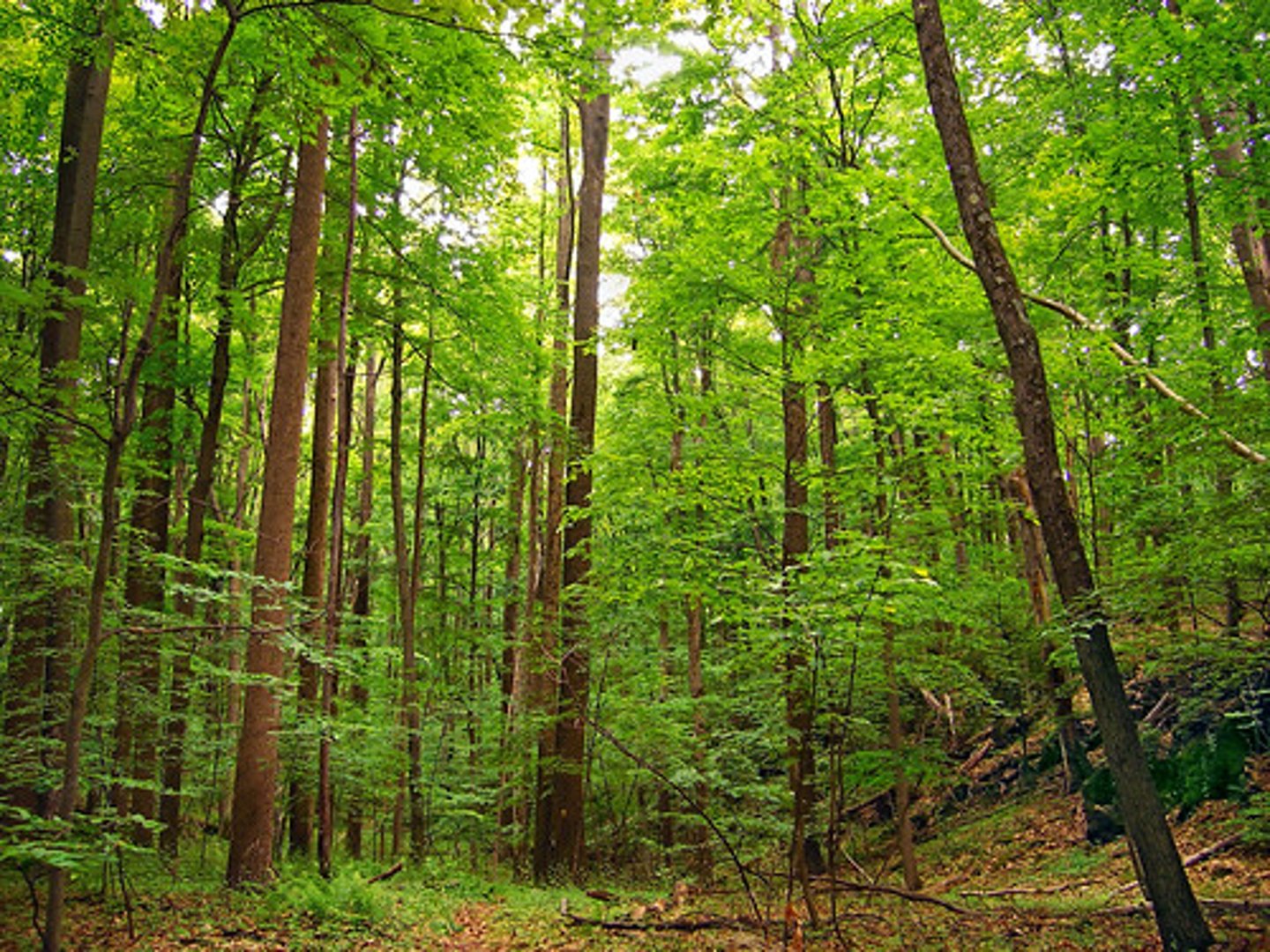
Temperate Grassland
-Cool Winters, Warm Summers (seasonal variation is more extreme than temperate deciduous forests)
-Limited amount of precipitation
-Frequent fires (no trees)
-Also called prairie or steppe
-Northern Hemisphere
-North America, Middle East, Europe, Asia
-Very fertile soils (used for agriculture)
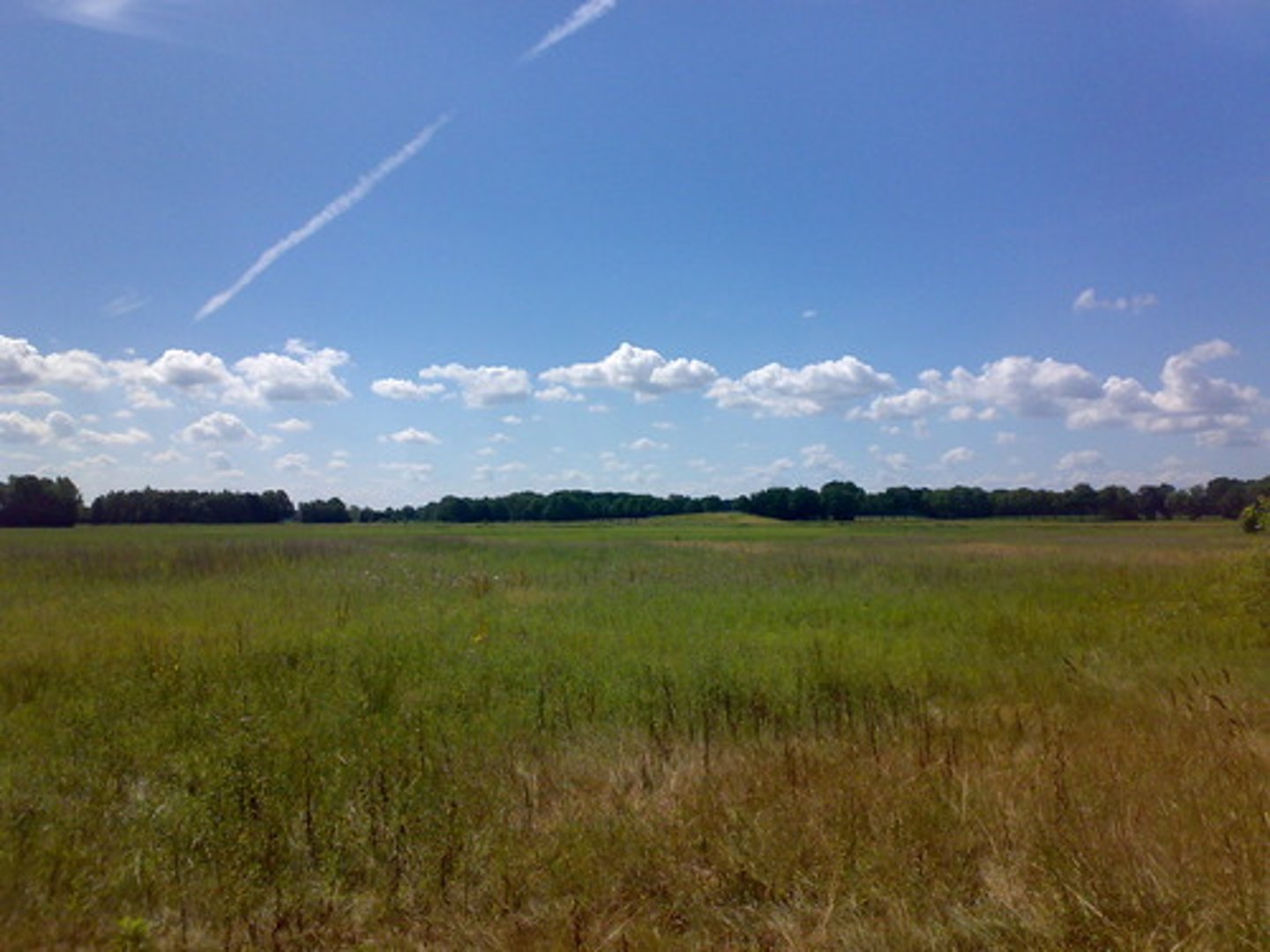
Temperate Rainforest
-Cool Winters, Warm Summers (Seasonal Variation)
-Large amount of precipitation (Less rain in winters)
-Coniferous Trees
-Provide lumber and paper
-Northern Hemisphere
-East coast of North America and Canada
-Fertile soils that are susceptible to land slides and erosion if forests are cleared
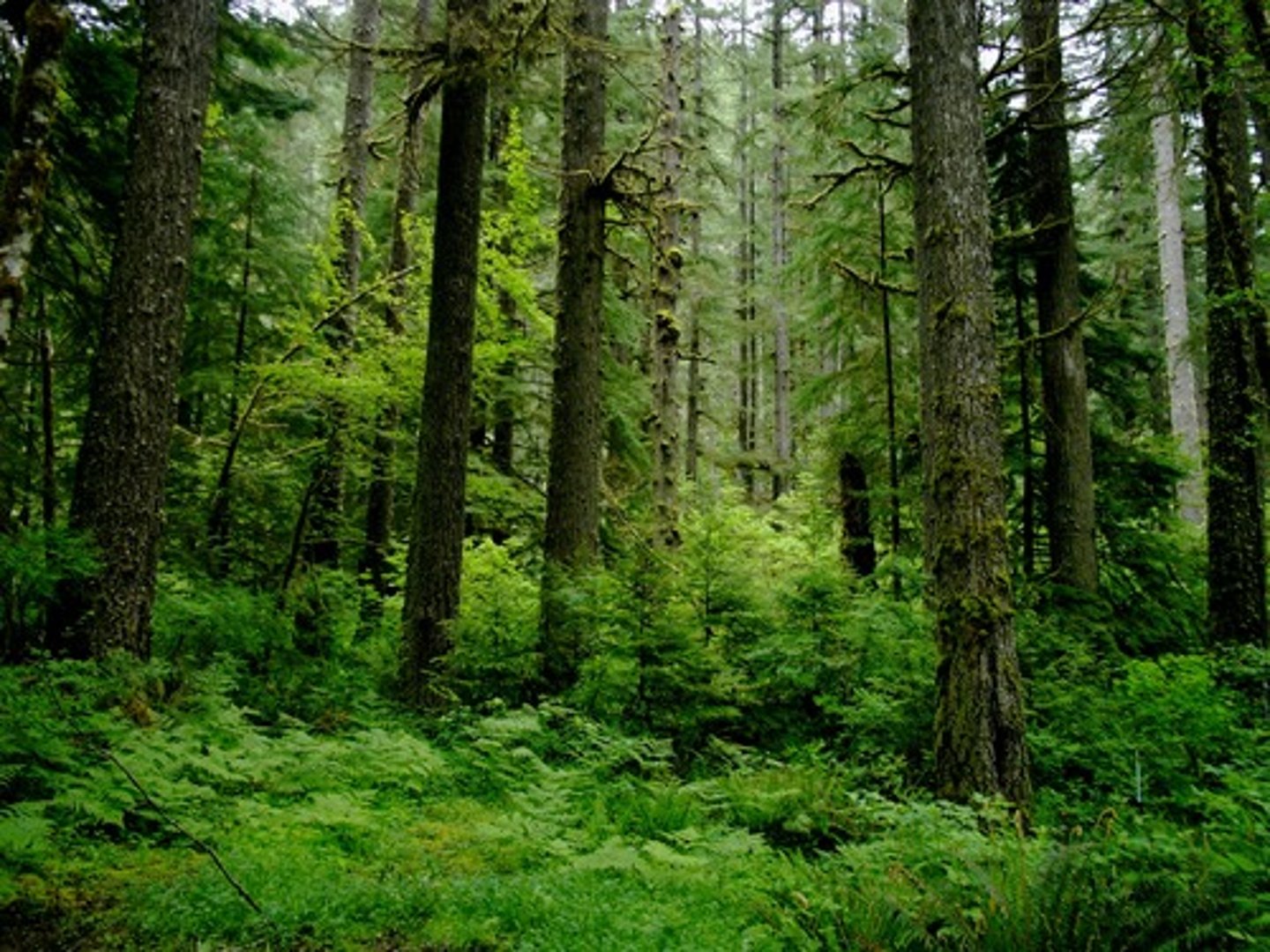
Tropical Rainforest
-Warm all year round
-Very high amount of precipitation (300-500 mm per month)
-Southern Hemisphere
-Central America, Africa, South America, Southeast Asia
-Great Biodiversity
-Poor, thin soils
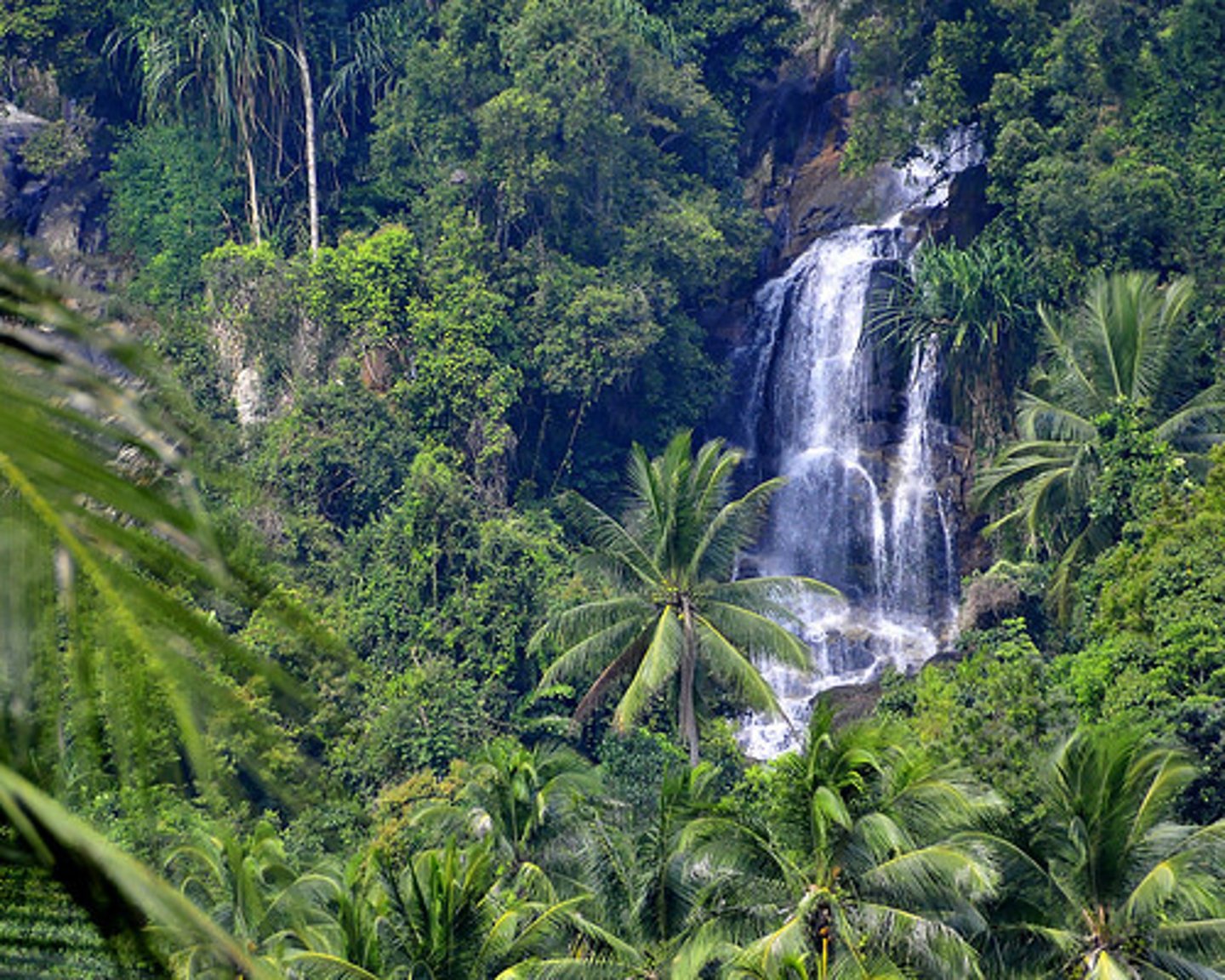
Tropical Dry Forest/Tropical Deciduous Forest
-Warm all year round
-Extreme wet and dry seasons
-Wet summer (October to April) and dry winter (May, June, July, August, September)
-Southern Hemisphere
-India, Africa, South America, northern Australia
-Erosion-prone soils
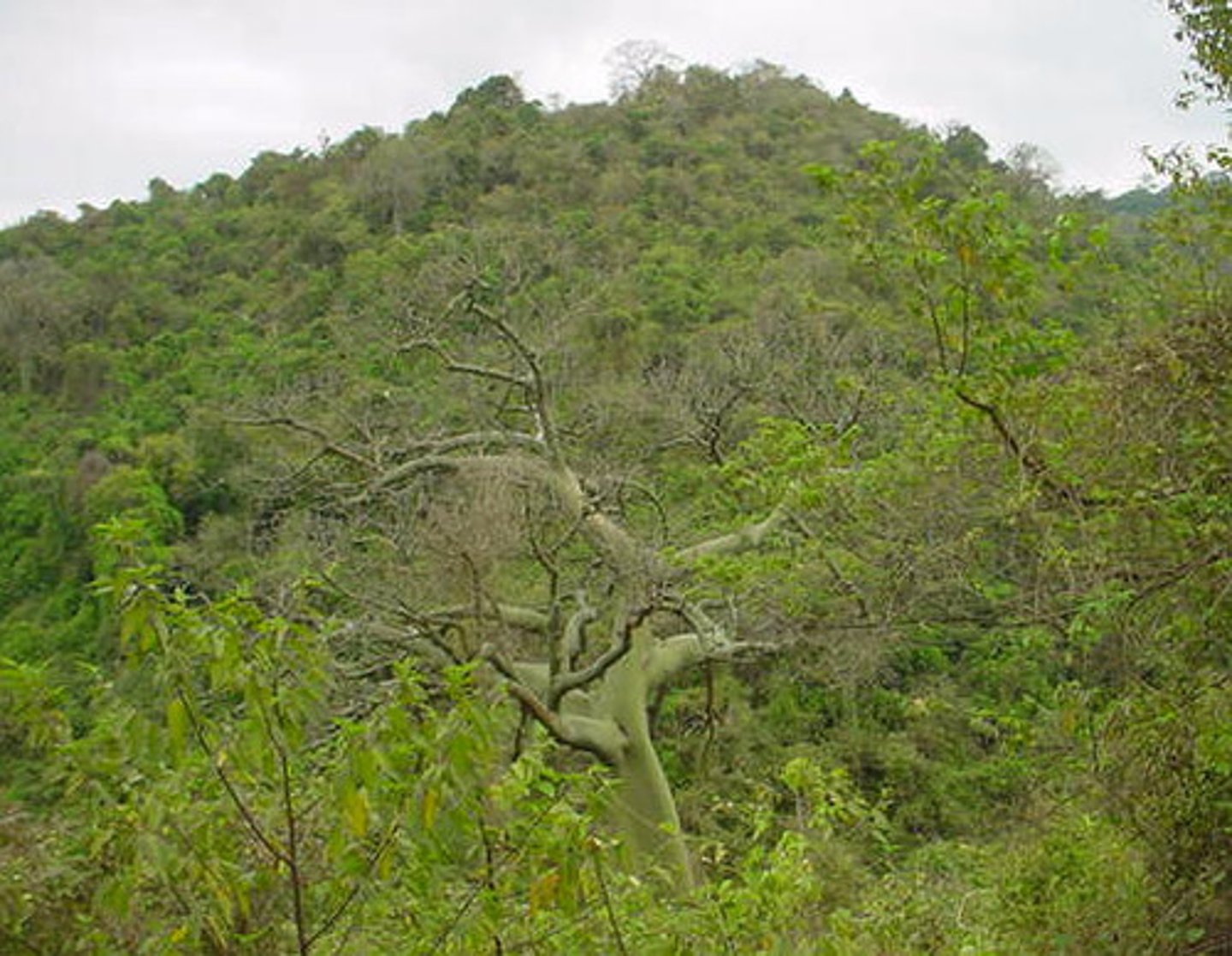
Savanna (Tropical Grasslands)
-Slight seasonal variation (warmer in summer)
-Extreme wet and dry seasons
-Wet Summer (not as wet as tropical dry forest)
-Southern Hemisphere
-Isolated Trees
-Africa, South America, India, Australia
-Zebras, Giraffes, Gazelles
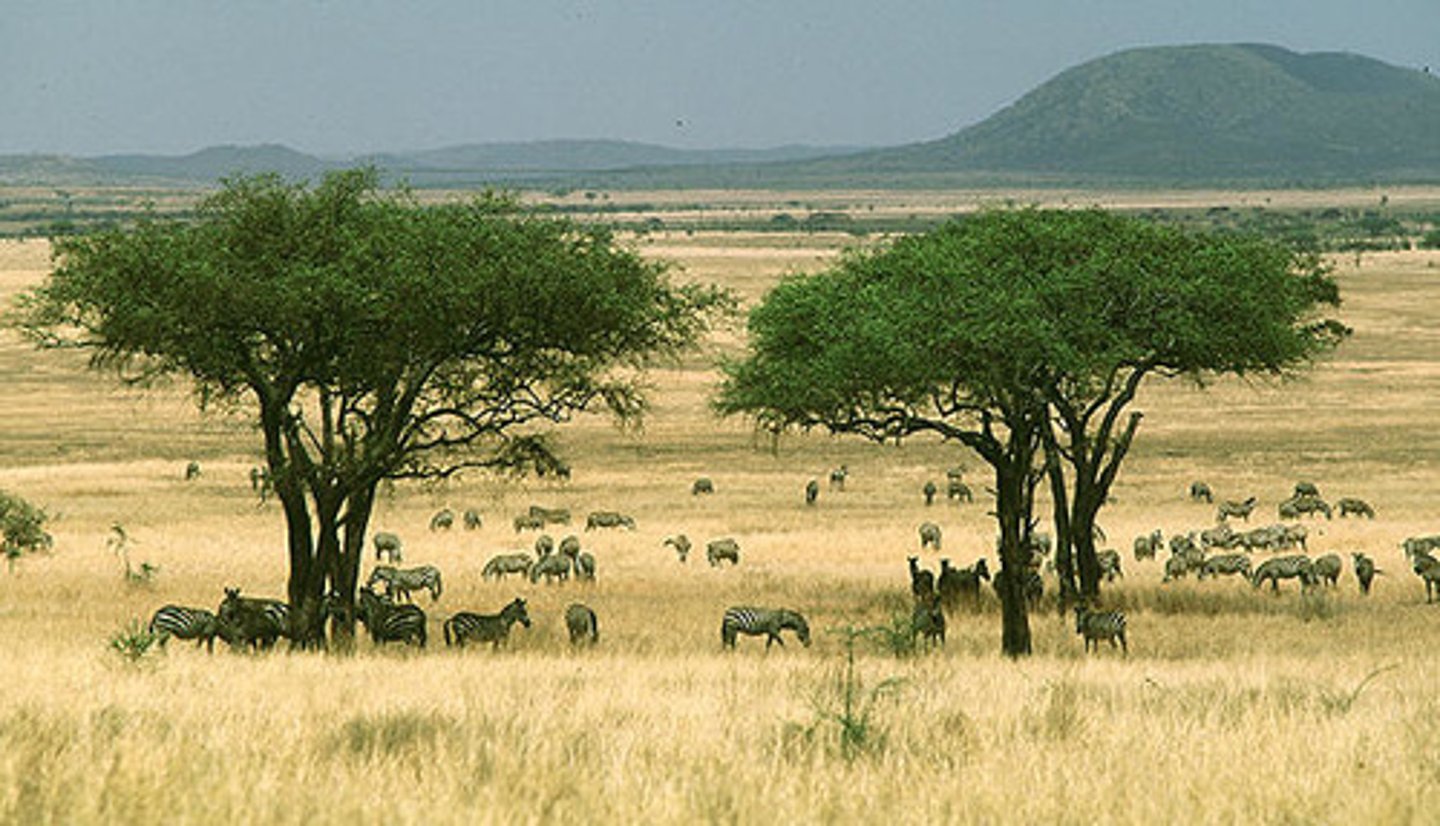
Desert
-Driest Biome
-Barely an rainfall
-Slight seasonal variation
-Saline soils
-Little Vegetation
-Temperatures drop at night
-Northern Hemisphere
-Africa, Mexico, Middle East, Asia
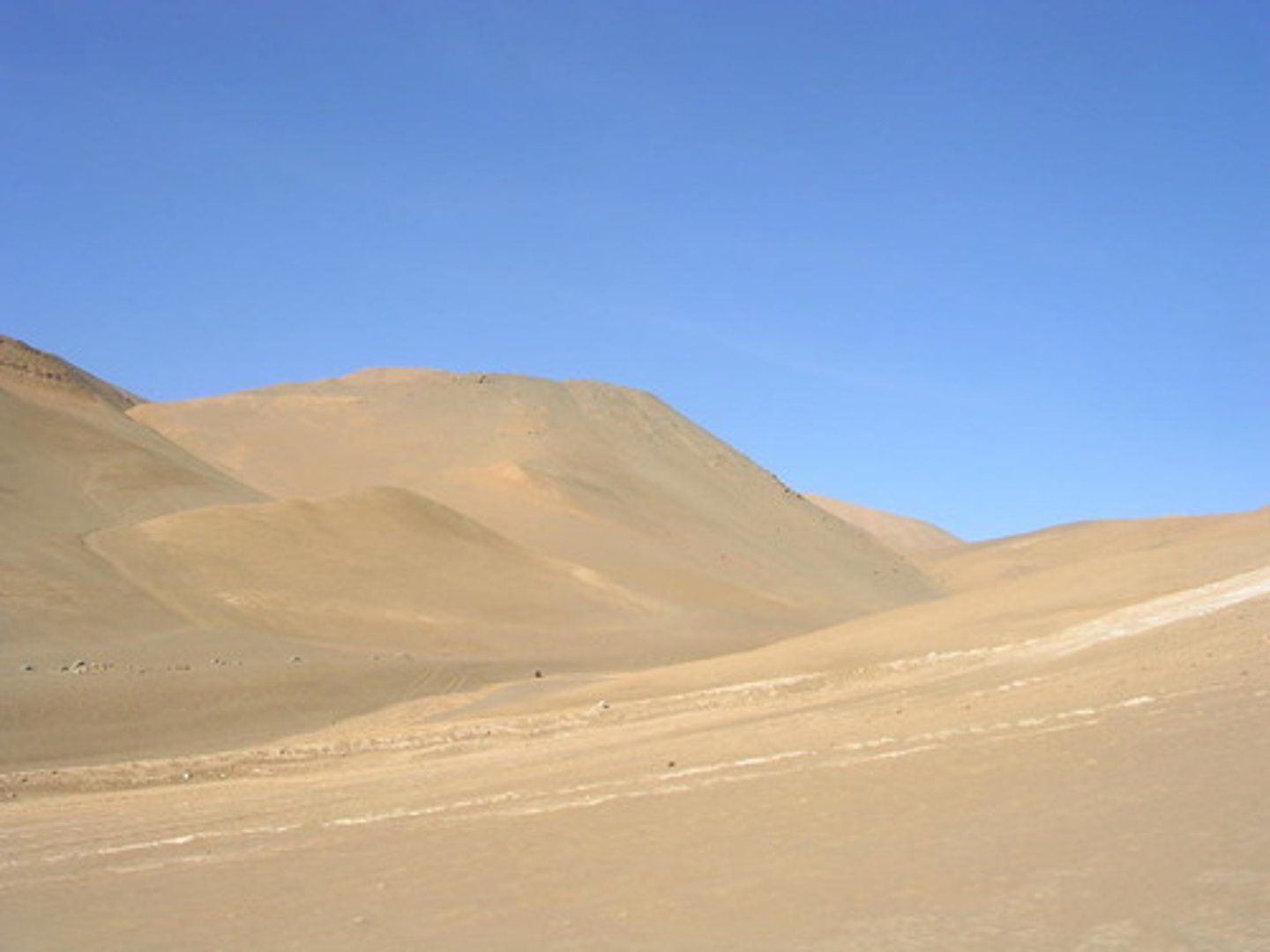
Tundra
-Coldest Biome
-Warmer in summers, but still cold (5 degrees celsius)
-Freezing in winters (-20 degrees celsius)
-Northern Hemisphere
-Dry
-Slightly wet summers
-Soil is permanently frozen (permafrost)
-Also occurs as alpine tundra at the tops of mountains
-Northern Europe, Northern Canada, Northern Asia, Greenland
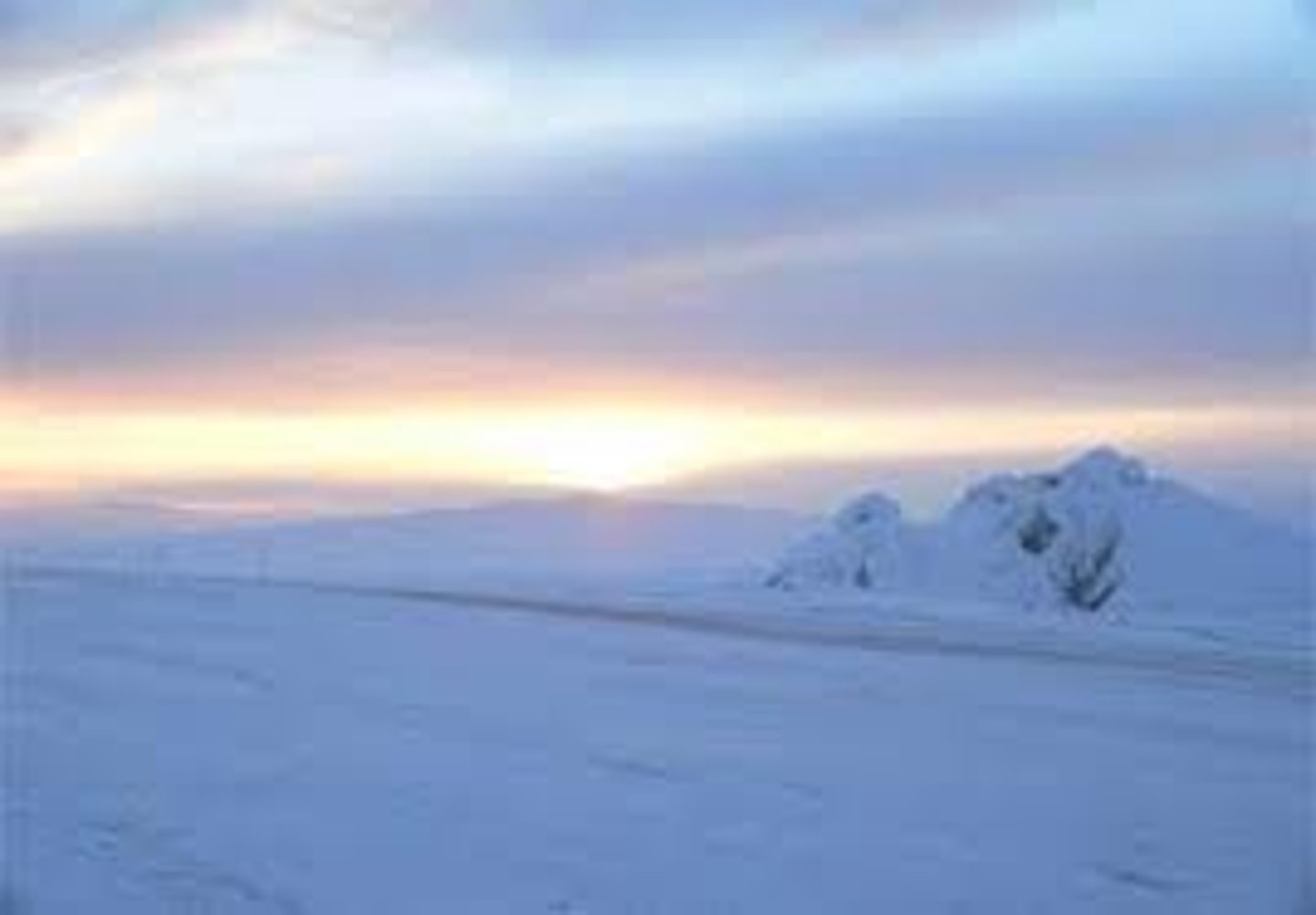
Boreal Forest/Taiga/Coniferous Forest
-Largest Biome
-Northern Hemisphere
-Coniferous Trees (Pinecones)
-Cold. Cooler in summers (never above 20 degrees Celsius)
-Moderate Precipitation
-More wet in summer than winter
-Poor soils
-Moose, Wolves, Lynx, Bears
-Northern Europe, Canada, Northern Asia

Chaparral
-Densely thicketed
-Highly seasonal
-Cool, wet winters and warm, dry summers
-Induced by oceanic influences
-Northern Hemisphere
-California, Chile, Australia
-Frequent fires
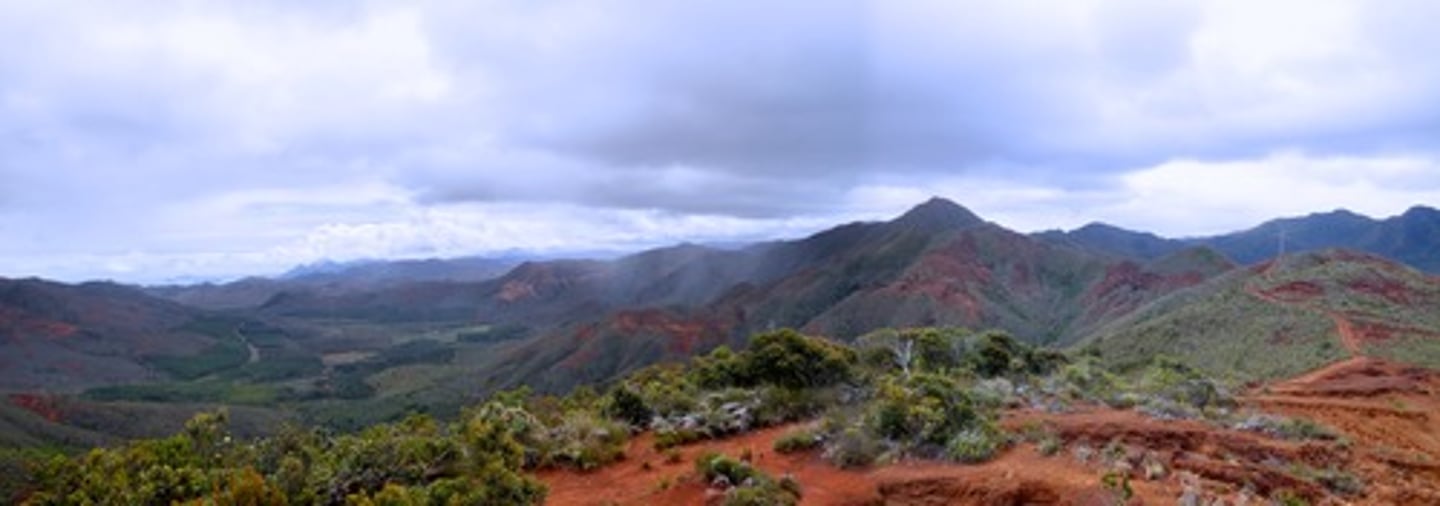
Rain shadow effect
An area having relatively little precipitation due to the effect of a topographic barrier, especially a mountain range, that causes the prevailing winds to lose their moisture on the windward side, causing the leeward side to be dry.
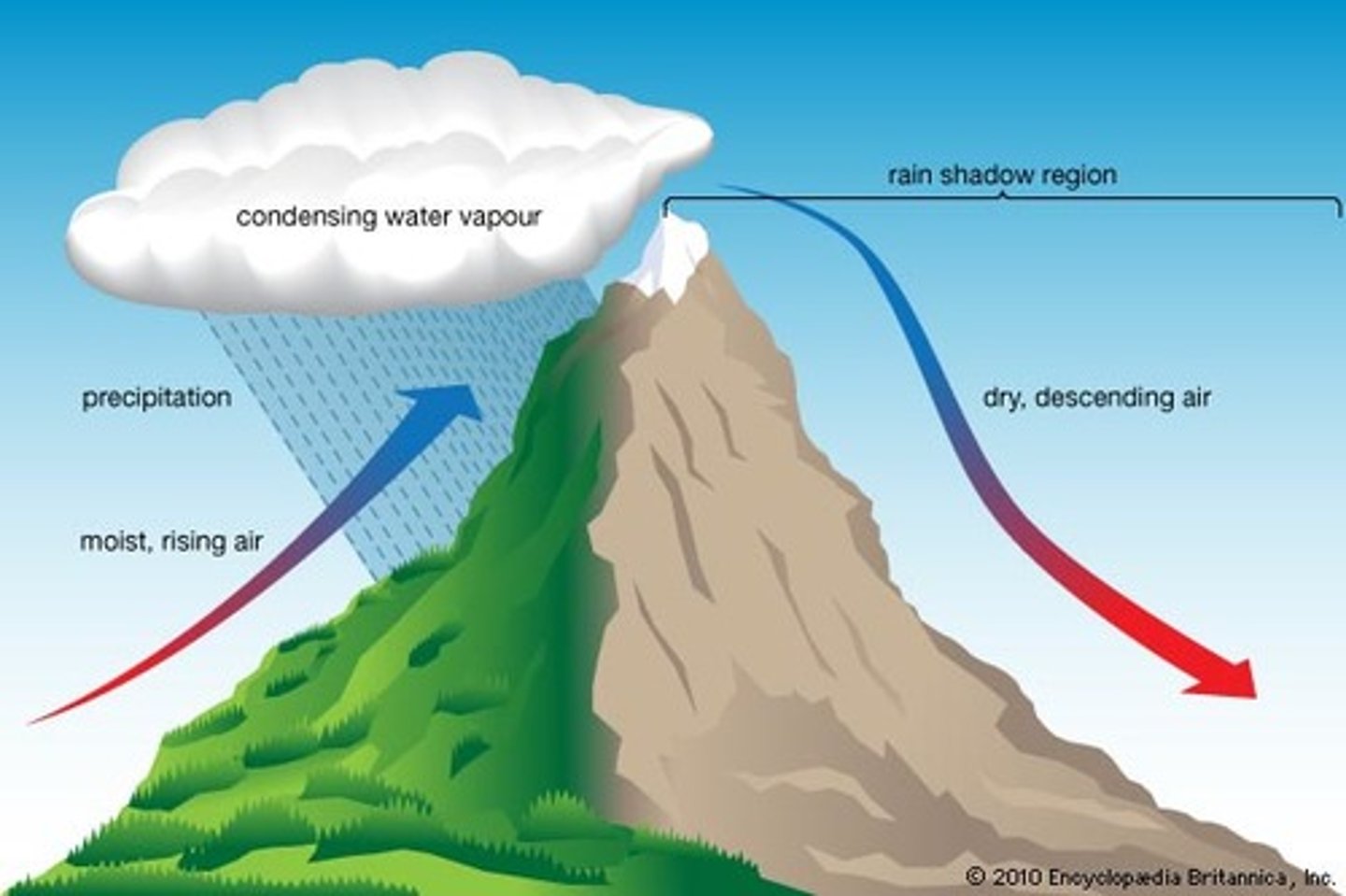
Climate
the weather conditions prevailing in an area in general or over a long period
Weather
The daily conditions of the atmosphere in terms of temperature, atmospheric pressure, wind, and moisture.
biome
large land regions with certain types of climate and dominant plant life
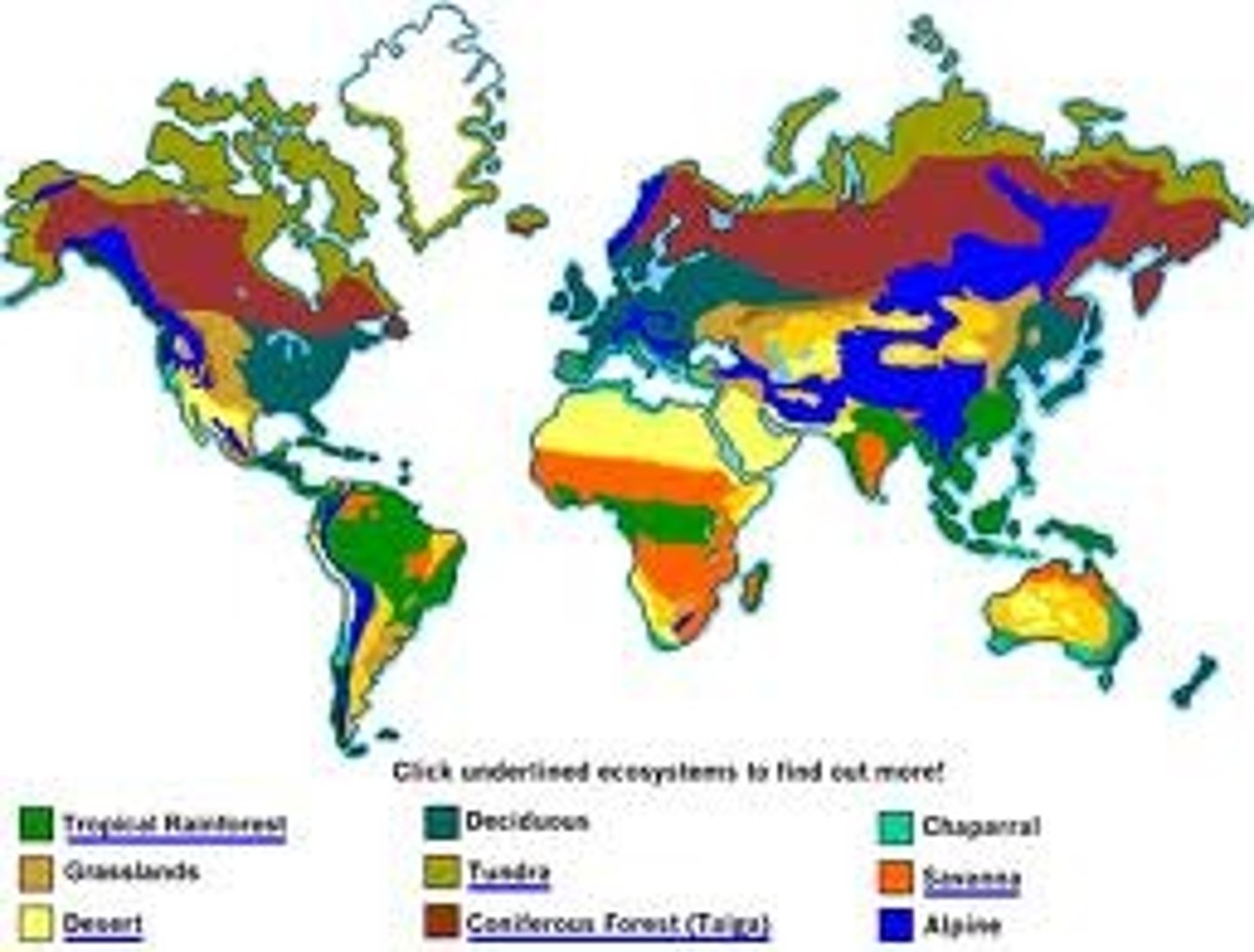
Equator
Greater biodiversity occurs in this region of the world